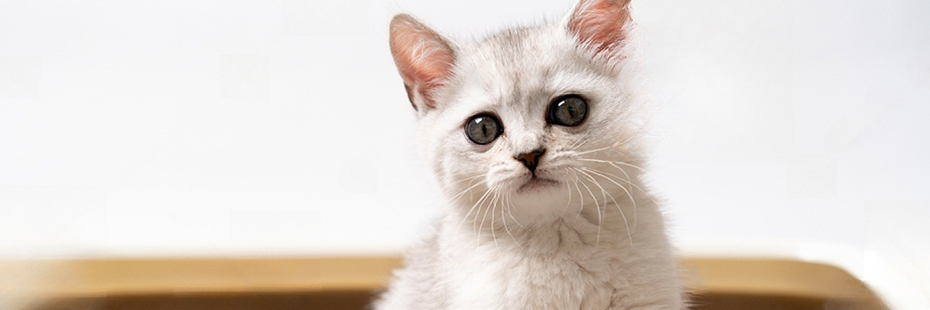If you’re a skincare enthusiast, chances are you’re familiar with the wonders of Aquaphor. But did you know that this healing balm can also benefit your beloved feline friend? In this article, we’ll explore how Aquaphor can be used to treat various skin issues, hairball blockages, and even constipation in cats. Please note that the advice shared here is for informational purposes only, and it’s always best to consult with your veterinarian before making any changes to your cat’s routine.
What is Aquaphor?
Aquaphor is an over-the-counter skin ointment that has multiple uses. It contains ingredients like petroleum jelly, mineral oil, ceresin, lanolin alcohol, panthenol, glycerin, and bisabolol. These ingredients are safe for both humans and cats above the age of one.
How can Aquaphor be used for cats?
Treating dry skin
Aquaphor works wonders in treating dry skin patches, crusty noses, scaly elbows, and peeling paw pads in cats. Simply apply a small amount to the affected area using clean hands and let the balm work its magic. It can also be used to soothe irritated skin around the eyes caused by overactive facial muscles, but be cautious to avoid getting it in the eyes.
Relieving hairball blockages
Hairballs can cause discomfort and blockages in a cat’s gut. To help your cat pass the hairball easily, you can feed them a small amount of Aquaphor. The petroleum jelly in the balm helps lubricate the intestines, facilitating the passage of the hairball.
Managing constipation
Aquaphor can also be used to alleviate constipation in cats. If your cat is experiencing slower bowel movements or hasn’t defecated for 48 to 72 hours, adding a small dash of Aquaphor to their paw can help stimulate bowel movements. You can also mix it well with their food.
Important considerations when using Aquaphor
While Aquaphor can provide instant relief from certain gastrointestinal issues, it’s crucial to use it in moderation and be mindful of your cat’s reaction. Giving your cat too much or using it too frequently can lead to diarrhea and dehydration. If your cat shows signs of dehydration or if the diarrhea persists, contact your veterinarian immediately.
If you’re unsure whether your cat is experiencing serious constipation, watch out for the following signs:
- Low appetite
- Bloody stool
- Fatigue
- Vomiting
Seek veterinary assistance promptly if your cat displays any of these symptoms.
It’s important to note that while Aquaphor can be helpful, it should not replace a healthy diet. Ensure your cat is receiving moisture-rich, high-fiber food and has access to fresh, clean water.
Frequently Asked Questions
Q: Can I use Aquaphor on my kitten?
A: Aquaphor is safe for cats above the age of one. For kittens, it’s best to consult with your veterinarian before using any products.
Q: Are there any alternatives to Aquaphor for treating constipation in cats?
A: Yes, there are alternative remedies such as supplements, probiotics, and laxatives available. However, it’s important to consult your vet before introducing anything new to your cat’s diet.
Q: How can I prevent hairballs in my cat?
A: Regular grooming, including bathing and brushing your cat’s coat, can help minimize the occurrence of hairballs. Additionally, providing a diet high in fiber and incorporating natural sources of fiber like pumpkin, cooked carrots, green beans, broccoli, and spinach into their meals can aid in regular bowel movements.
Conclusion
Aquaphor can be a beneficial addition to your cat’s healthcare routine when used correctly and in consultation with your veterinarian. It’s a versatile balm that can help treat dry skin, alleviate hairball blockages, and manage constipation. Remember to use Aquaphor in moderation, be attentive to your cat’s reactions, and prioritize a healthy and balanced diet. For more information and pet care resources, visit Pawsoha, your go-to destination for all things pet-related.
